News
Visit Quantum 2020 and see our Poster #31180: Novel continuous-wave [...]
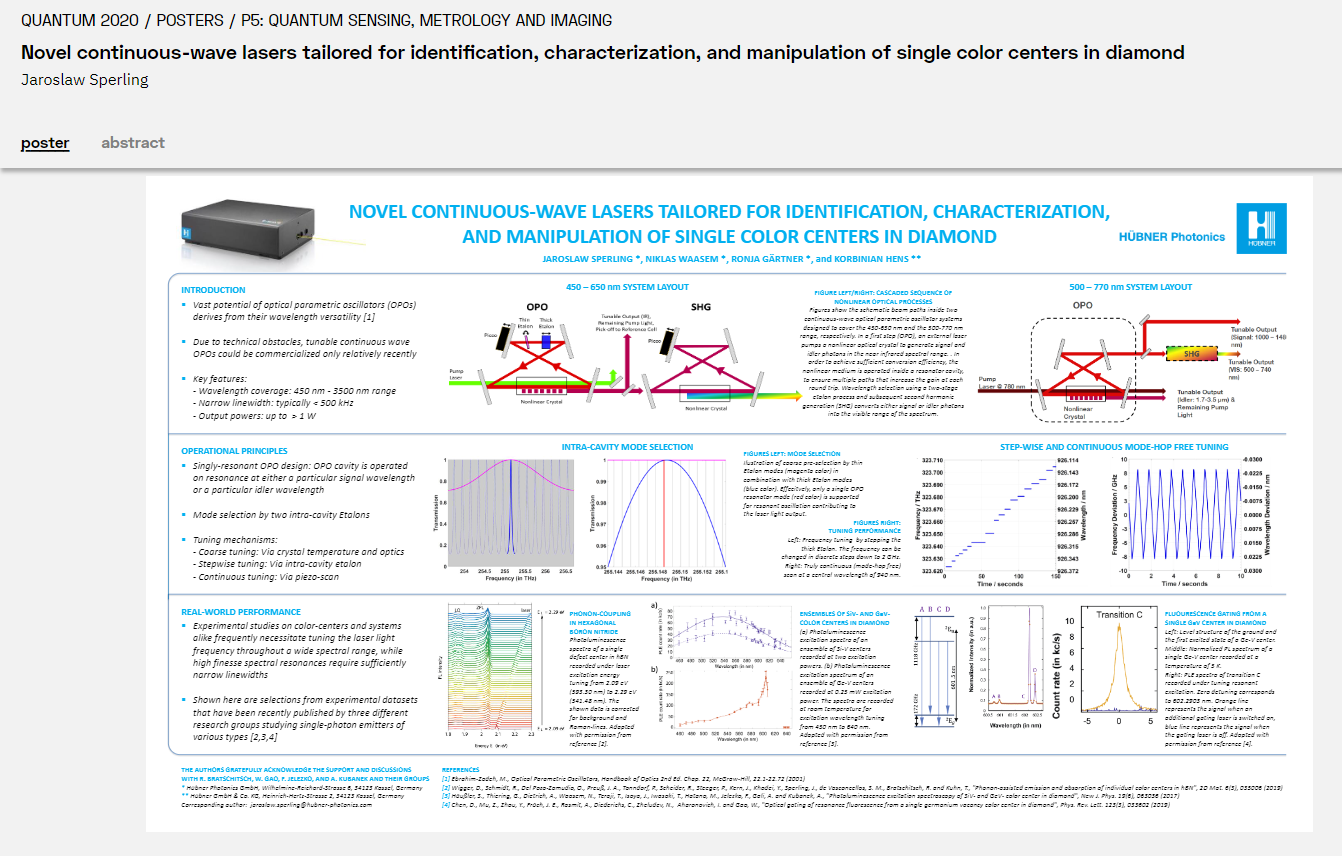
06-MLD 375 nm laser with 70 mW HÜBNER Photonics is [...]
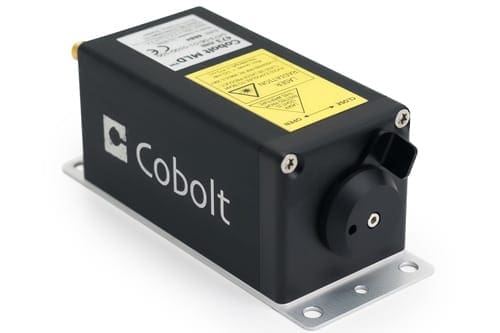
HÜBNER Photonics proudly introduces the 08-NLD 488 nm as part of the Cobolt 08-01 Series. The 08-NLD 488 nm, with 40 mW output power.
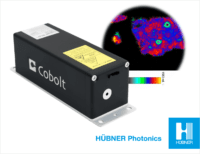
HÜBNER Photonics is expanding with a new dedicated sales and [...]

Press release - Cobolt Rogue™ 640 nm laser HÜBNER Photonics proudly introduces the Cobolt Rogue™ 640 nm laser. The Cobolt Rogue™ Series lasers are continuous-wave diode pumped lasers (DPL) and are multi-mode, high power complements to our Cobolt 05-01 Series of single frequency lasers. The Cobolt Rogue™ 640 nm
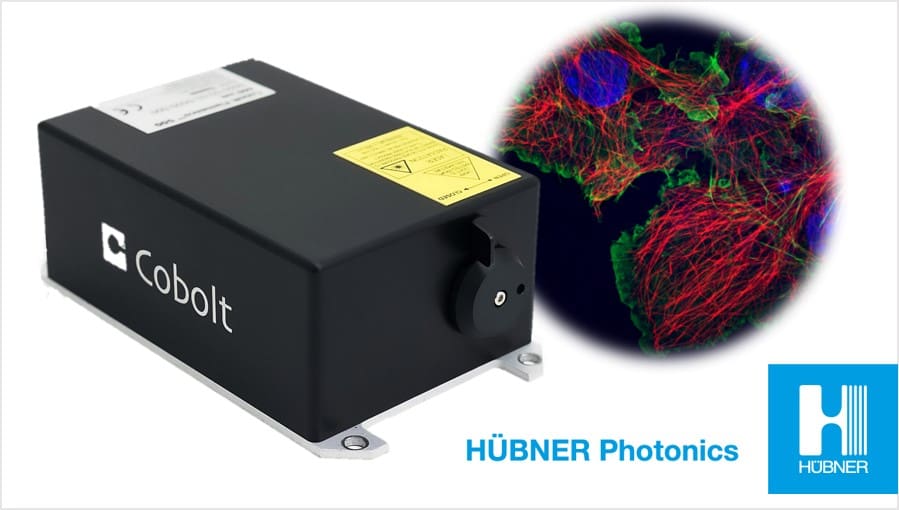
We are exited to attend the virtual CYTO Exhibition. Sign up and talk LIVE in our virtual booth 606 on August 4-6 We have some news to present… You have the great opportunities to talk lasers LIVE with our experts on the following times:

We are so happy that you joined us in our first Laser Lounge today, we hope you enjoyed it as much as we did! If you missed it, want to see it again or share with a colleague, feel free to download it on demand from our web page (click the image):
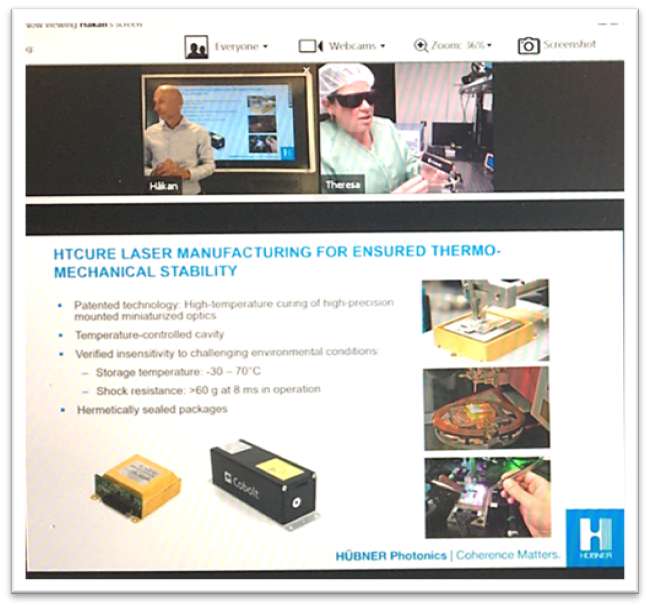
This is a new forum were we like to invite you in for a vitual coffee and sharing insight on lasers from the industry experts. In this session, we will introduce you to our newest laser for Raman spectroscopy, the 08-NLDM 785 nm ESP.

In co-operation with Physics World, HÜBNER Photonics hosted a Webinar [...]

International Day of Light: May 16th This year its also [...]


